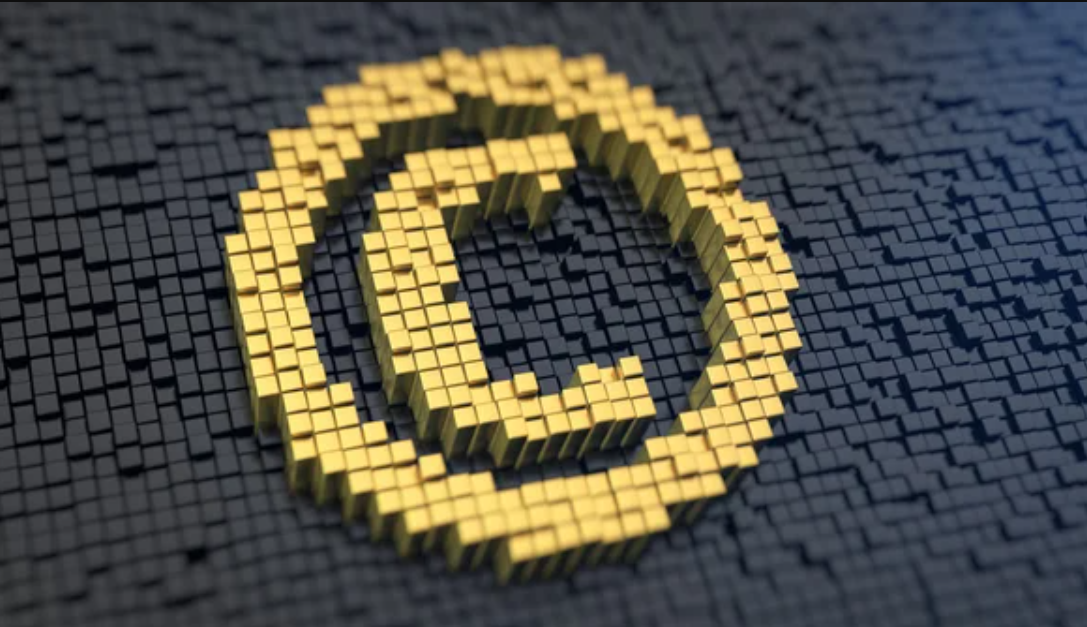The escalating digital content creation has amplified the focus on intellectual property (IP) and patents, with businesses and individuals seeking protection for their unique ideas and data. Blockchain technology, previously utilized for data storage and transmission, is emerging as a promising solution for IP protection.
Blockchain’s time-stamped, immutable data chains make it ideal for tracking and verifying original content, a capability noticed by IP registries and agencies like the European Union Intellectual Property Office (EUIPO). This article explores the integration of blockchain in IP management, highlighting its potential benefits for various industries.
Applications of Blockchain in Intellectual Property Management
Proof of Ownership
- Blockchain as a Record Keeper: Blockchain’s immutable nature helps identify original products, distinguishing them from counterfeits.
- IP Ownership Certificates: Utilizing blockchain to create and manage IP ownership certificates.
- Dispute Resolution: Leveraging blockchain’s time-stamping feature to settle disputes over IP claims.
Establishing an IP Marketplace
- IP Registries: Blockchain can be used by IP offices for registering and tracking the lifecycle of IP assets.
- IP Exchange: Facilitating the transfer and verification of IP assets.
- IP Payments: Implementing blockchain for secure and transparent IP asset transactions.
Evidence of IP Rights Usage
- Blockchain simplifies global patent data management, enabling efficient tracking of ownership status and rights usage.
Version Control in IP Assets
- Blockchain supports end-to-end lifecycle maintenance of digital assets, ensuring version control and unique identification.
Unregistered IP Rights
- Blockchain assists in documenting unregistered IP rights, but requires authoritative oversight from entities like IP offices or Collective Management Organizations.
How a Blockchain IP Protection Platform Functions
- Step 1: Creator Registration: Creators register on the platform, adding personal and patent details.
- Step 2: IP Upload: Creators upload their IP information to the blockchain network.
- Step 3: Consumer Access Requests: Consumers request access to IP content, agreeing to terms via Smart Contracts.
- Step 4: Patent Management Entities’ Involvement: Patent offices and legal experts use the platform for dispute resolution and IP rights verification.
Global Applications of Blockchain in IP Protection
- Europe: EUIPO exploring blockchain for IP management.
- India: Indian Patent Office integrating blockchain with IoT and AI for smoother patent processes.
- USA: Testing imports and protecting IPR through blockchain.
- Thailand: Investigating blockchain applications in IP registration.
Real-World Examples of Blockchain in IP Protection
- Blockai: Timestamping new works for copyright protection.
- Mediachain Lab: Blockchain-based stock photo service crediting original creators.
- Ujo Music: Empowering musicians to self-publish using blockchain.
How Appinventiv Contributes to Blockchain IP Protection
Appinventiv, a leader in blockchain software development, assists businesses in dApp and blockchain network development and upgrades. Our team specializes in blockchain IP protection applications and collaborates with patent agencies to create IP marketplaces for content upload and commercialization.
Contact Appinventiv for tailored solutions to protect and manage your IP rights, leveraging our expertise in blockchain technology.





